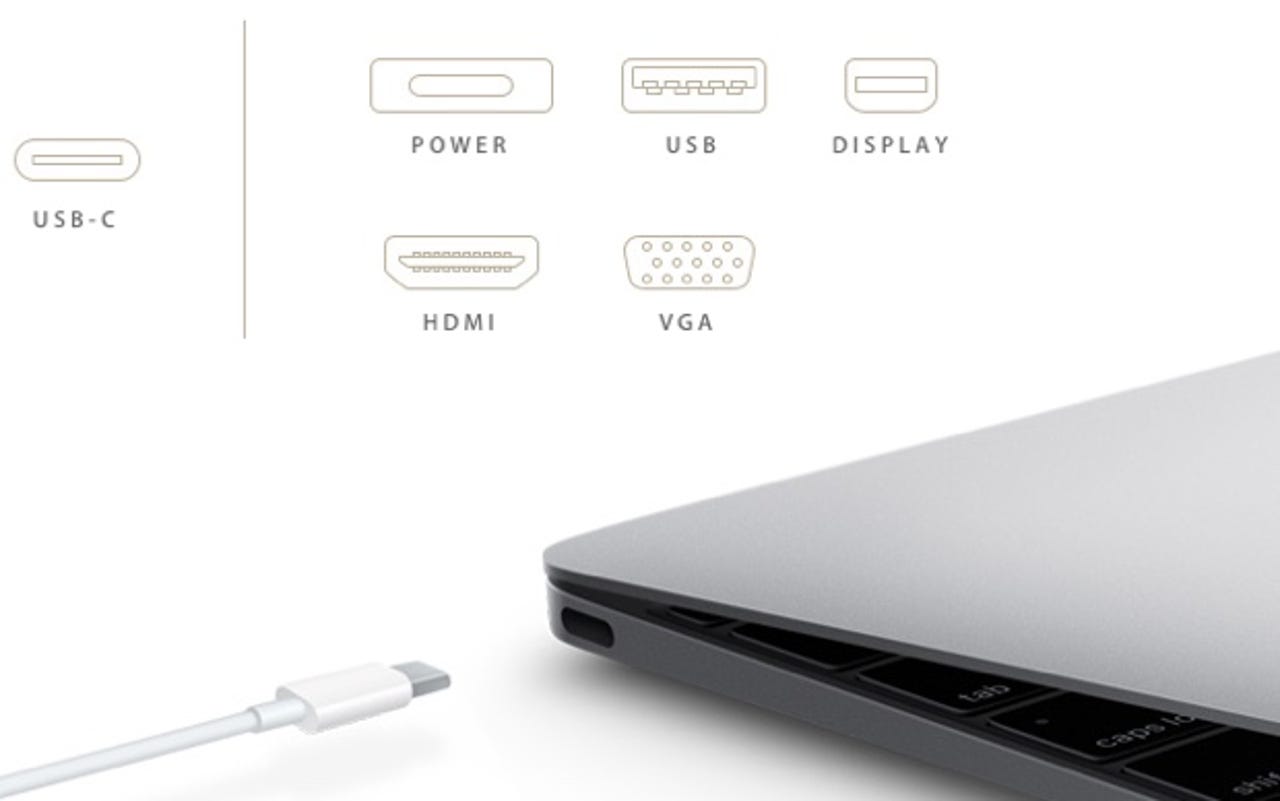What is 'USB Type C' and 'USB 3.1 Gen 1'?

Apple's decision to include just one single USB Type C port on the new MacBook that will handle both power and connectivity has caused a fair bit of confusion. How can a single port take over the function of the myriad of ports that are usually present on a MacBook?

The port that has replaced the standard offering of USB, Thunderbolt, DisplayPort, and even the MagSafe is a port called USB Type C. The USB Type C connector differs dramatically from the regular USB port that we're accustomed to. First off, it's physically different. It's smaller and the connector is reversible, so it's not as annoying to use as the regular USB ports of old.
Featured
Now, what's interesting about USB Type C is that unlike the MagSafe or Lightning ports you find on other Apple products, it's not proprietary. It is, in fact, part of the USB-IF spec that's been in the works since the end of 2013 and forms part of the USB 3.1 specification. The new MacBook isn't even the first device to feature a USB Type C port, but it was the first to use it so comprehensively, at least until Google unveiled the new Chromebook Pixel a few days later.
The port isn't physically backward-compatible with existing USB ports, but the USB 3.1 standard it is built on is, so all that's needed is an adapter to make the conversion.
USB Type C is the port, and if you look closely at the specifications, you'll find that Apple claim that the port can do a lot:
- Charging
- USB 3.1 Gen 1 (up to 5 Gbps)
- Native DisplayPort 1.2 video output
- VGA output using USB-C VGA Multiport Adapter (sold separately)
- HDMI video output using USB-C Digital AV Multiport Adapter (sold separately)
Which brings us to the next point of confusion - what is USB 3.1 Gen 1?
USB 3.1 Gen 1 is essentially what USB 3.0 was before it was updated to USB 3.1 (or, more specifically, USB 3.1 Gen 2). While the updated Gen 2 offers speeds up to 10 Gbps, Gen 1 peaks at 5 Gbps (which is still a huge improvement over USB 2.0 which maxed out at 480Mbps).
Other than that, USB 3.0 and USB 3.1 are the same thing.
Apple could have undoubtedly made things clearer by saying the connector was USB 3.0, but that doesn't sound as cool at USB 3.1 Gen 1 I guess.
Finally, here are my thoughts on some questions I've been asked:
- Is Apple going to replace every port with USB Type C? I doubt it, given that Thunderbolt 2 has four times the data carrying capacity.
- Will Apple replace the Lightning port on iOS devices with USB Type C? I wouldn't think so, given that the port is taller than the Lightning port Apple uses, which would result in thicker devices.
- Are using dongles going to be a pain? If you use them a lot, maybe, but if that's your usage, then maybe the new MacBook isn't the right device for you.
See also: